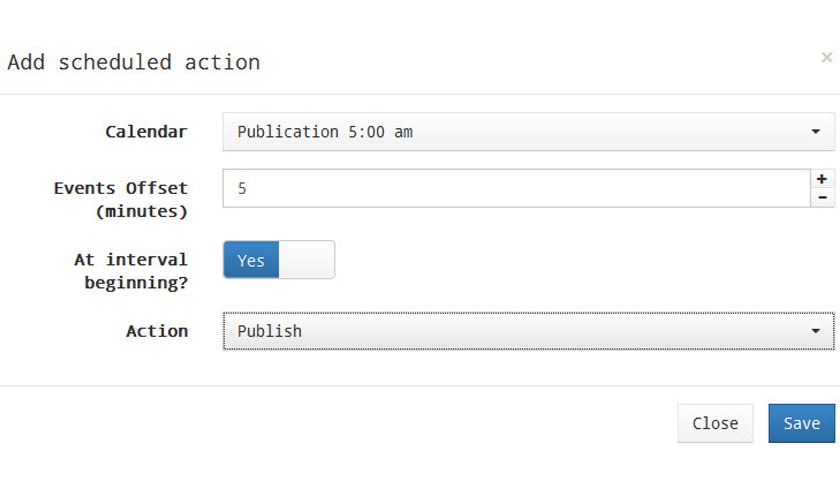–Setting initial services: it allows to re-adjust virtual desktops initially created by the system, which are configured and ready to be assigned to a user.
–Creating new publications: it enables scheduling the creation of new service publications.
–Adjusting the size of the cache: it enables to re-adjust virtual desktops that we want always available in the system cache. These desktops are also configured and ready to be assigned to a user.
–Adjusting the L2 cache size: it allows to re-adjust the virtual desktops we want to be always available in the L2 cache system. These desktops are configured and put in suspension mode.
–Changing the maximum number of services: it enables to modify the maximum number of virtual desktops in the service pool created by the system.
In order to schedule any of these tasks, the first step is configuring one or several calendars and their rules. Once finished, we select a service pool and go to the tab “Scheduled actions” and click on “New”. We only have to choose the calendar we want to use, the time during which the action will be executed and select the action to perform. Once we fishish these steps, we have a scheduled task that can perform real actions on a service pool.
For more detailed information and screenshots on how to schedule and automate tasks in UDS Enterprise 2.0, see section 4.7 of UDS Enterprise 2.0 Installation, Administration and User Guide
For further info on this and other UDS Enterprise 2.0 features, email us at [email protected]








0 Comments